Over the last decade, increased attention has been paid to the social and emotional learning (SEL) needs of children. This area of learning is necessary and essential to address -- for children and adults.
It's time that schools take responsibility for meeting the entire range of learning needs that educators have -- the need to use new technologies, to understand and implement new standards, to use new assessment strategies, and their needs to attend to their own social and emotional learning.
Via Gust MEES, Amanda McAndrew, Jim Lerman



 Your new post is loading...
Your new post is loading...






![13 Reasons Your Brain Craves Infographics [Infographic] | Help and Support everybody around the world | Scoop.it](https://img.scoop.it/drRLnCgu2GGUjqDC_MCtSzl72eJkfbmt4t8yenImKBVvK0kTmF0xjctABnaLJIm9)



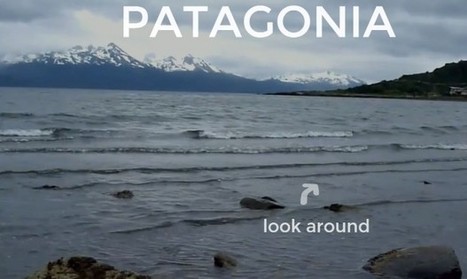



![Social media for teachers [Infographic] | Help and Support everybody around the world | Scoop.it](https://img.scoop.it/8bn7TFef-UB428kxYiTitTl72eJkfbmt4t8yenImKBVvK0kTmF0xjctABnaLJIm9)






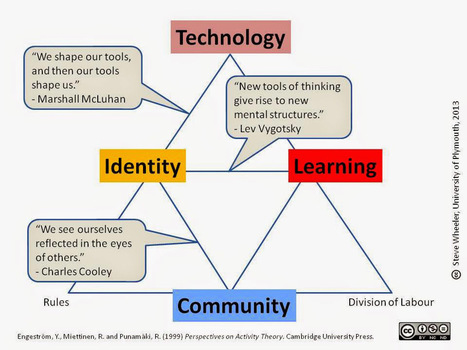






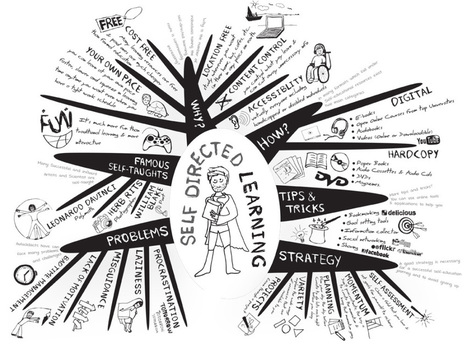






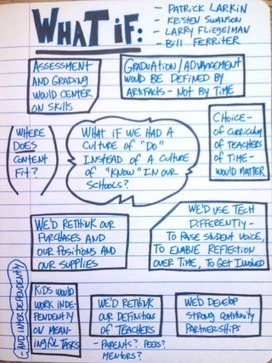



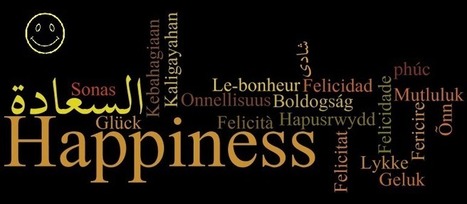






It's time that schools take responsibility for meeting the entire range of learning needs that educators have -- the need to use new technologies, to understand and implement new standards, to use new assessment strategies, and their needs to attend to their own social and emotional learning.
Aprendizaje social y emocional.